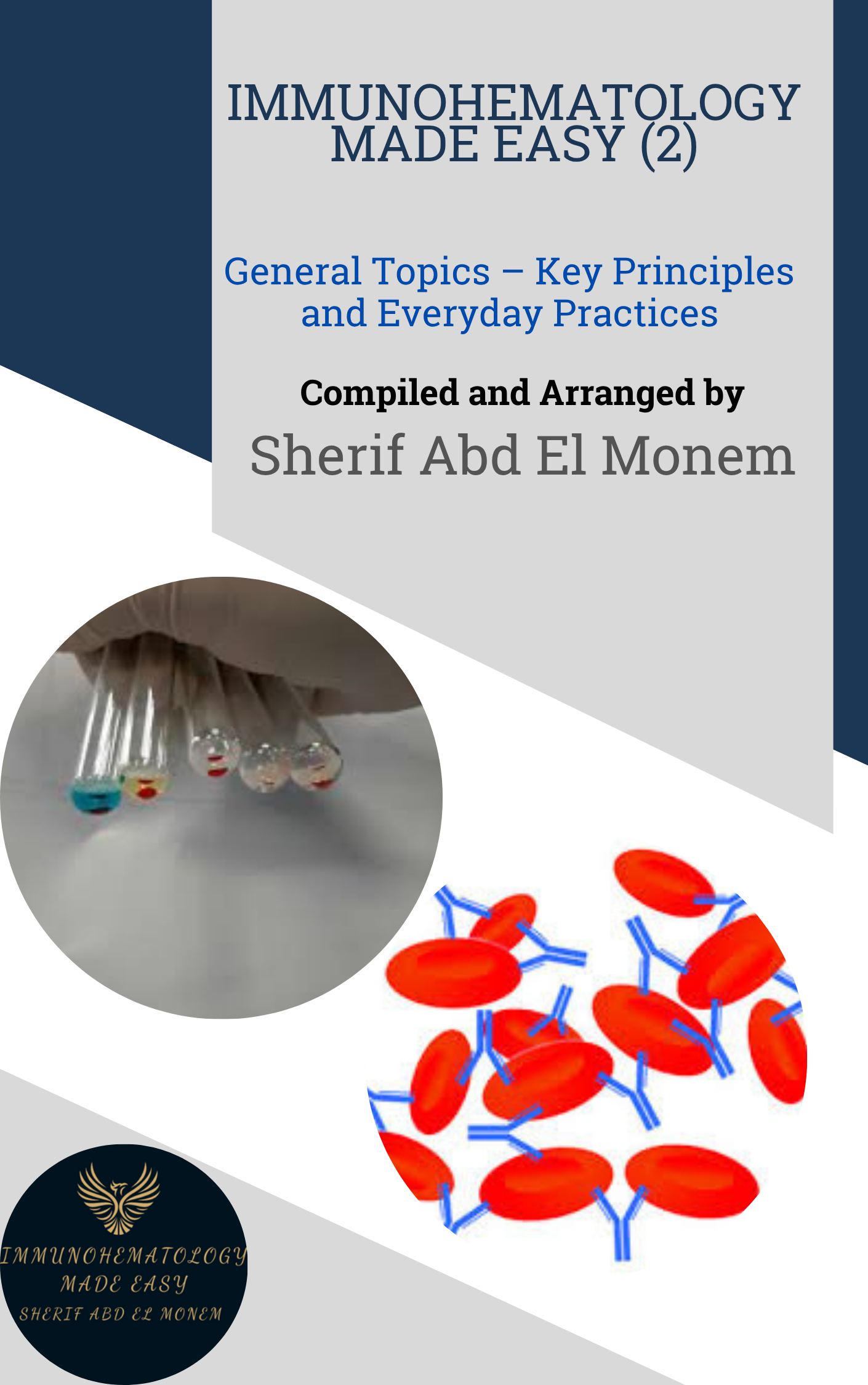The quality of red cells stored under blood bank conditions: Is donor age just a number?
This summary was assisted by AI :
🎓 Citation Information:
- Author(s): Pieter F. van der Meer, Thomas R. L. Klei
- Title: The quality of red cells stored under blood bank conditions: Is donor age just a number?
- Journal/Source: Transfusion. 2023;63:1413–1416.
- Publication Year: 2023
- Pages: 1413–1416
- DOI/URL: https://doi.org/10.1111/trf.17492 ↗
- Affiliation: Department of Product and Process Development, Sanquin Blood Bank, Amsterdam, The Netherlands
🌌 Contextual Insight:
- In a Sentence: This editorial discusses recent findings on the impact of blood donor age on the quality of red blood cells stored under blood banking conditions.
- Keywords: blood donor age, red blood cell storage, oxidative stress, aging, blood banking
- Gap/Need: Existing literature had not extensively examined the relationship between donor age and red blood cell quality during storage.
- Novelty: The paper discusses a recent multi-site study comparing red blood cells from donors at the extremes of eligible donor ages (teenagers and elderly).
- Target Audience: Academics, blood bank technicians, transfusion medicine professionals
- Jargon Density: Moderate use of specialist terminology which is typically defined
- Recommendation: Recommended for intermediate and expert audiences in transfusion medicine and blood banking fields.
🧭 Purpose/Objective:
- Goal: To discuss recent findings on the impact of donor age on red blood cell quality during storage and stimulate discussion around this topic.
- Research Questions/Hypotheses: Does donor age affect red blood cell quality parameters during storage under blood bank conditions? If so, what are the underlying mechanisms?
- Significance: Understanding how donor-specific factors like age impact product efficacy could help blood centers optimize storage conditions and transfusion outcomes.
🎓 Background Knowledge:
- Core Concepts: Red blood cell storage lesion, oxidative stress, apoptosis, aging
- Preliminary Theories: Theories on biological aging like oxidative stress hypothesis
- Contextual Timeline: Rising donor age limits, previous donor variation studies, REDS-III RBC-omics project
- Prior Research: Previous association found between donor age/sex and stress hemolysis in REDS-III. Study comparing teenage and elderly donor RBCs.
- Terminology: RBC, storage lesion, hemolysis, reticulocytes, MCV, ROS, glutathione, pentose phosphate pathway
- Essential Context: Demographic shifts increasing eligible donor pool to include younger/older donors. Need to ensure product efficacy.
📝 Methodology:
- Research Design & Rationale: Editorial discusses/interprets results of recent multisite study by Cloutier et al.
- Participants/Subjects: 75 teenage donors, 75 elderly donors
- Instruments/Tools: Oxidative hemolysis, storage hemolysis, osmotic hemolysis assays, inflammatory markers
- Data Collection: Performed at 3 large blood centers independently
- Data Analysis Techniques: Comparative analysis between age groups
- Ethical Considerations: N/A
- Comparison to Standard: N/A
- Replicability Score: N/A
📊 Main Results/Findings:
- Metrics: Oxidative hemolysis, storage hemolysis, osmotic hemolysis, MCV, hemoglobin, reticulocytes, inflammatory markers
- Graphs/Tables: Table 1 summarizing in vitro observations associated with donor age
- Outcomes: Teen donors showed higher oxidative hemolysis. Older donors had fewer but larger RBCs.
- Data & Code Availability: N/A
- Statistical Significance: Cloutier study findings statistically significant
- Unintended Findings: N/A
🔄 Discussion & Interpretation:
- Authors’ Views: Changes associated with aging & oxidative stress may partly explain differences seen
- Comparative Analysis: Aligns findings with previous work on aging & redox biology
- Contradictions: None apparent
❌ Limitations:
- List: Limited parameters assessed, potential donor selection biases
- Mitigations: Calls for more studies to better elucidate mechanisms
🖋️ Conclusions:
- Takeaways: Donor age impacts RBC quality during storage, with oxidative stress a potential factor
- Practical Implications: Understand impact of diversifying donor pool on product efficacy
- Potential Impact: Inform donor criteria and storage best practices
🚀 Future Work:
- Authors’ Proposals: Further studies of specific RBC quality parameters and underlying mechanisms
📚 References: Extensive list of relevant citations
🎯 Relevance:
- Significance: Informs transfusion practice as donor demographics change
- Real-world Implications: Ensuring safe, efficacious blood supply by optimizing storage
🌐 Textual Mind Map:
Main sections
- Introduction
- Background
- Methodology
- Results
- Discussion
Introduction
- Central idea: Impact of donor age on RBC storage quality
- Key arguments: Demographic shifts necessitate revisiting donor age effects
Background
- Concepts: Storage lesion, oxidative stress, aging theories
- Studies: REDS-III findings on donor variation
Methodology
- Study overview: Discussion of recent Cloutier et al. study design
Results
- Metrics assessed: Oxidative hemolysis, MCV differences between age groups
- Significant facts: Teen RBCs more sensitive to oxidative stress
Discussion
- Interpretation: Oxidative stress may underlie aging-related changes
- Connections: Aligns with redox biology literature
🌟 Key Quotes:
“We aligned these findings with those of Cloutier et al.10 Oxidative damage increases with increasing age…It may be that, due to the increased oxidation, the red cells sensitive to oxidative hemolysis are already cleared from circulation in vivo, explaining why in the older donors, the sensitivity in the oxidative hemolysis assay is lower than in younger donors.”
🧠 Personal Insights/Comments:
- This editorial effectively summarizes and interprets the implications of an important recent study. While some speculation is involved, the authors’ conclusions seem reasonably evidenced. More robust longitudinal studies are still needed to fully elucidate mechanisms. Overall an insightful discussion of an understudied topic with significant practical implications.

Immunohematology Made Easy (2)
General Topics – Key Principles and Everyday Practices
📘 Available now in PDF & EPUB formats
🔗 Visit Store

📘 New to Blood Bank?
Start your 5-day journey with Immunohematology Made Easy — a simple, beginner-friendly guide with real-life examples!

Immunohematology Made Easy (2)
General Topics – Key Principles and Everyday Practices
📘 Available now in PDF & EPUB formats
🔗 Visit Store
